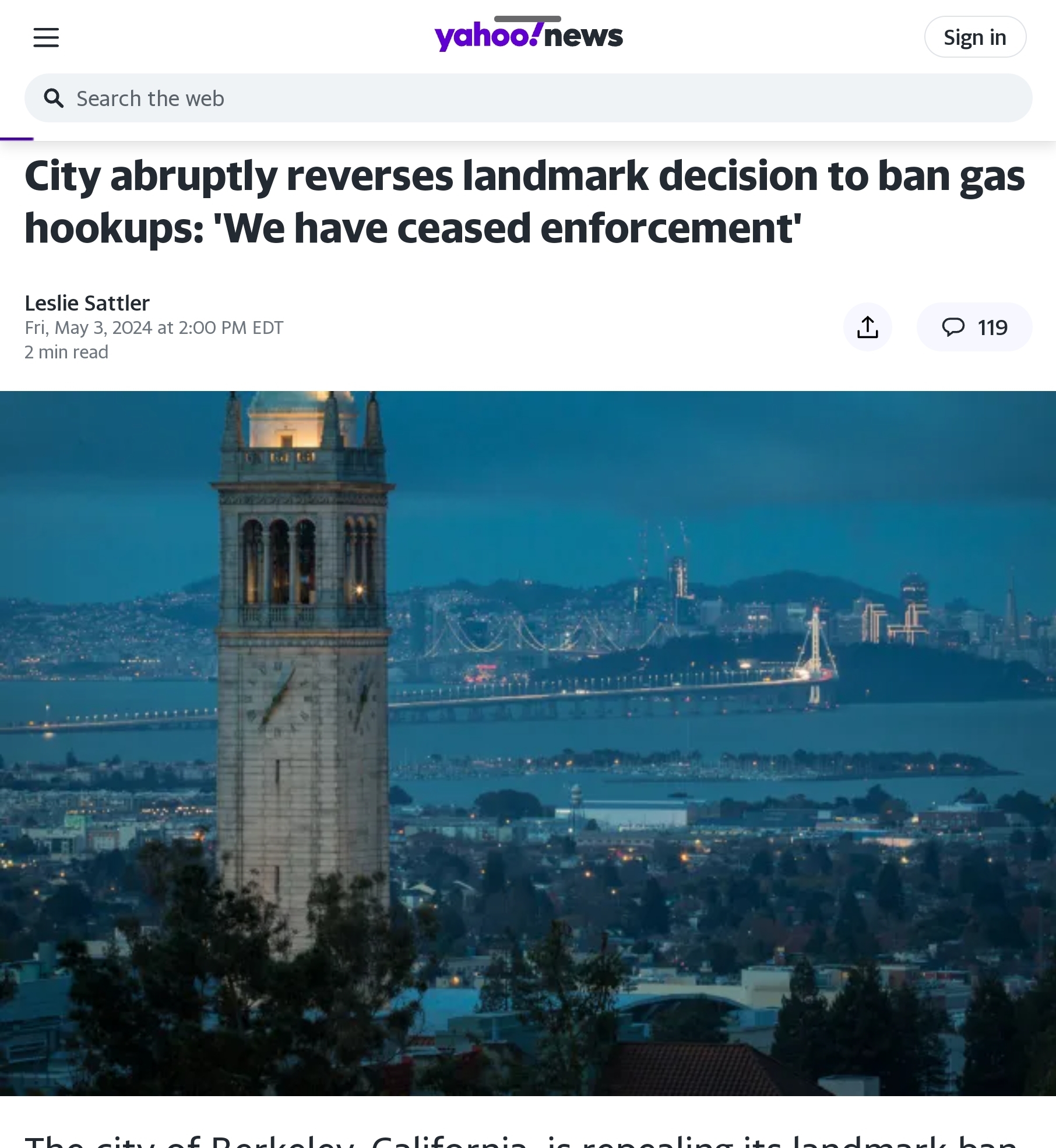It’s the year 2015, in Paris, and negotiations over an international climate accord are falling apart. India‚ the world’s fourth-largest polluter, is wary about signing onto the deal, fearing the commitments are too strict for a developing country with high energy needs. So Al Gore whips into action—by pulling out his cell phone. He dials Larry Summers, the former U.S. Treasury secretary, and says, “Elon suggested I call.” Naturally, the former vice president is on a first-name basis with the founder of Tesla and SpaceX. But Elon Musk is more important to Gore as the chairman of SolarCity, which The New York Times describes as “the nation’s leading installer of rooftop solar panels and a renewable energy darling.” Gore is thus connected with SolarCity’s president, and asks him to give the company’s intellectual property to India, free of charge. “SolarCity could be the corporate hero of Paris,” Gore says into the phone. “Think about it.” The company eventually agrees, and India signs the agreement. Gore saves the day—and perhaps the planet.
This is not a first-hand account of the negotiations over the now-historic Paris agreement, but rather how they’re portrayed in Gore’s new documentary. On its face, An Inconvenient Sequel: Truth to Power brings viewers up to date on both Gore and the planet since his Oscar-winning 2006 documentary, An Inconvenient Truth. (Spoiler: The planet has been getting hotter, and Gore’s been working to solve the climate crisis.) But the film also completes the lionization of Gore that began with its antecedent. If An Inconvenient Truth cast him as a brave voice in the wilderness, An Inconvenient Sequel is a victory lap of sorts. Gore’s dire warnings have come true, the movie posits, but he’s been working tirelessly behind the scenes to stave off a global catastrophe—and achieving tangible results.
But apropos of this week’s release of An Inconvenient Sequel and a book of the same name, Gore, 69, is thrusting himself back into the spotlight as America’s top spokesperson for climate change activism. He’s granted myriad interviews in recent weeks—including The New York Times, CBS, Interview, Fast Company, CNN, Stephen Colbert, and NBC, but not, alas, the New Republic—to promote his latest projects and deliver a relentlessly optimistic message. “Is there hope, Al Gore?” Colbert askedhim. “Absolutely,” he replied. “Go see the movie and you’ll see there is tremendous hope. We are going to win this.” He told CBS, “Those who feel despair should be of good cheer, as the Bible says. Have faith, have hope. We are going to win this.”
Gore’s latest climate campaign is a welcome development to the many environmentalists who consider him an invaluable member of the movement. “Literally no one has brought the climate message to more people of all kinds,” said Bill McKibben, the journalist and activist who co-founded 350.org. “And no one else has insisted as long and loudly that the planet’s elites stay focused on this crisis.” Michael Brune, executive director of the Sierra Club, told me, “He has a deep well of experience and connections to world leaders, and that makes his voice particularly powerful.”
…
But author Wen Stephenson sees the opposite problem: “If Gore himself is trying to appeal to bipartisanship, I’d tell him to stay home.” Still others are concerned that Gore’s image is at odds with an increasingly inclusive and intersectional movement. “We need to break away from this idea that the Leonardo DiCaprios and the Gores are the ones who will solve this,” said Anthony-Rogers Wright, an organizer at The Leap.




